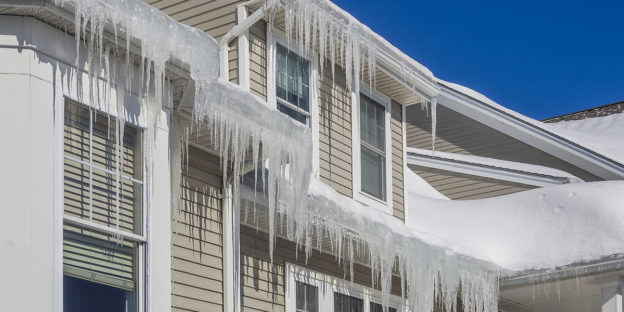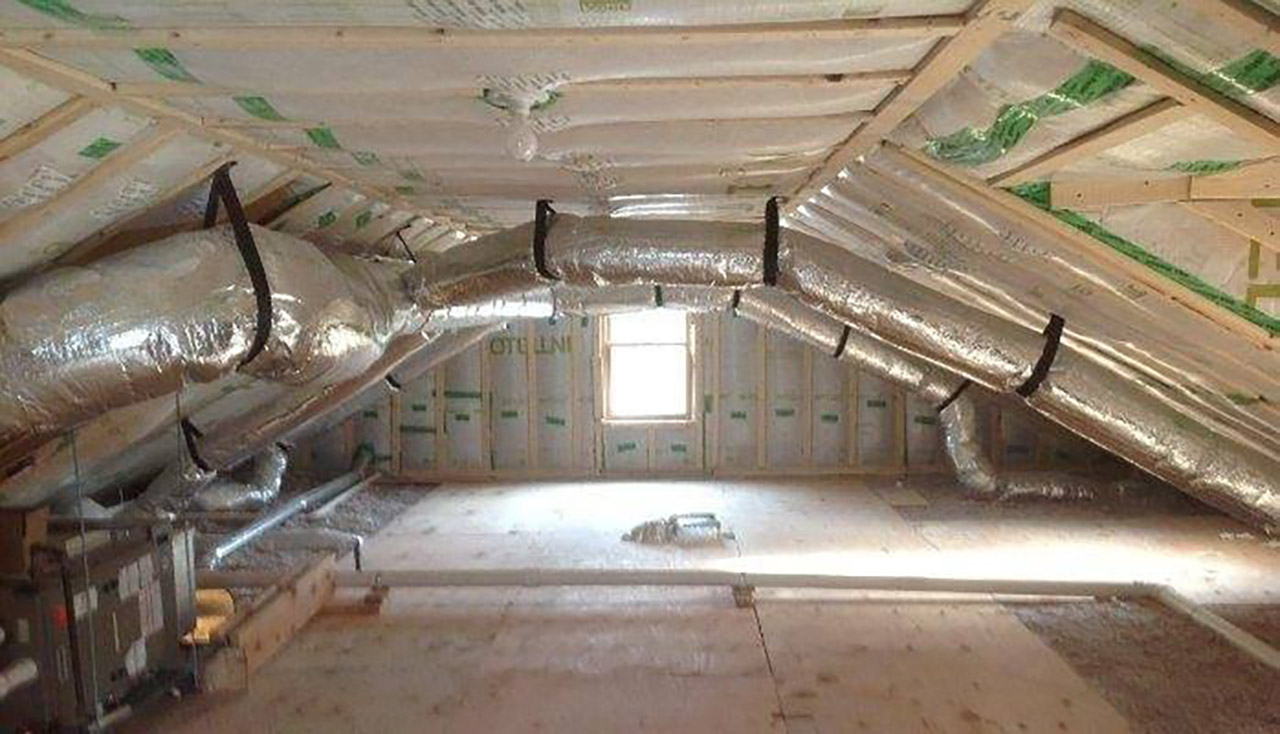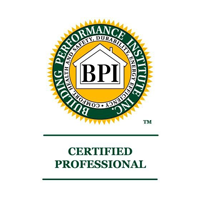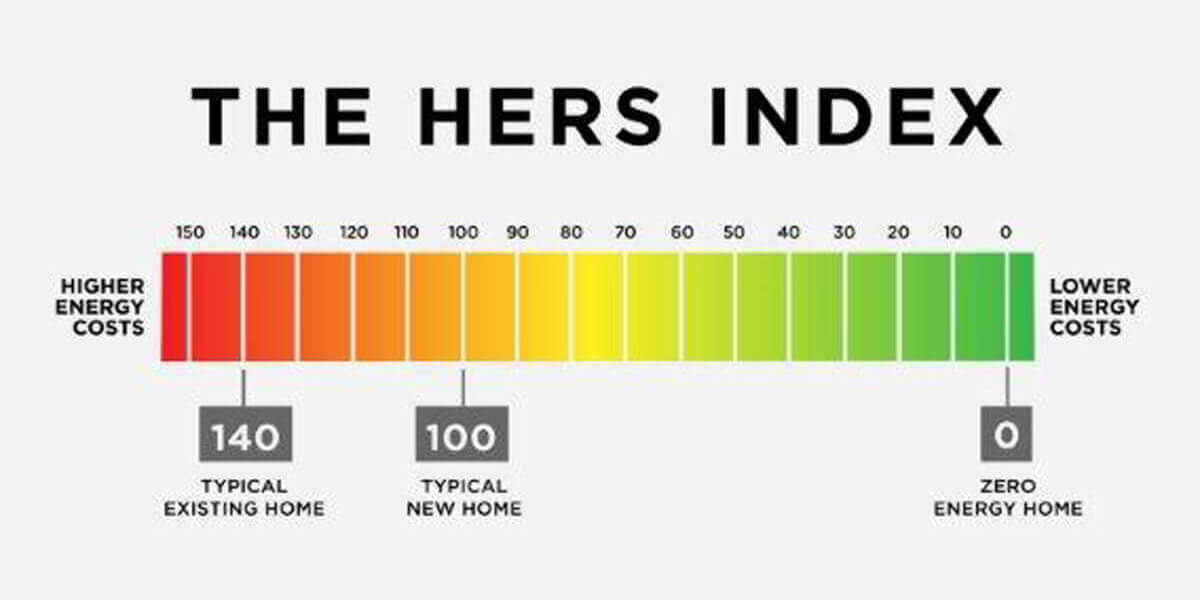Ice dams may look pretty, but they can be destructive.
Most of us who live in New England have experienced ice dams on our home – those thick bands of ice that can form along the eaves. While the hanging icicles they produce may seem to add to the beauty of a wintertime scene, ice dams can cause roof and gutter damage and lead to water coming into the home, staining ceilings, peeling paint and damaging plaster. Repairs and Insurance claims to address the problem can drive up your home expenses and insurance costs, and then there’s the nine months or so it will take for the repairs to be done.
While using heat cables or other techniques may help reduce or eliminate ice dams, they are only treating the symptom.
What you must do is attack the ice dam’s root cause!
Heat and warm air that escapes from your living space melts the snow on your roof, sending trickles of water to the roof’s edge where the water refreezes. The more snow we get, the bigger the ice dam will get. That is why the worst ice dams occur when we have a deep snow followed by very cold weather.
So, what can you do to stop the ice dam formation cycle?
Our “Hot Roof” insulation installation seals in the heat and provides your home with a thick barrier from the cold, especially if your HVAC is in the attic. It is the best way to prevent the melting and refreezing of snow that creates ice dams.
See this timelapse of a Hot Roof installation
To learn how you can keep your home warm and secure in winter, and achieve the serenity of no ice dams, contact us for a home assessment with one of our building performance specialists.
Hot Tip:
A Hot Roof installation will not only keep your home toasty warm but will also help cut your energy usage and bills by an average of 50% or more! This, in turn, prolongs the life of your HVAC equipment because it doesn’t have to work so hard all the time.
Cool Fact:
Water leaking into your home can soak insulation and make it less effective. Since cellulose insulation is hygroscopic and able to manage moisture and dry itself out when wet, it retains its high R-value.

















